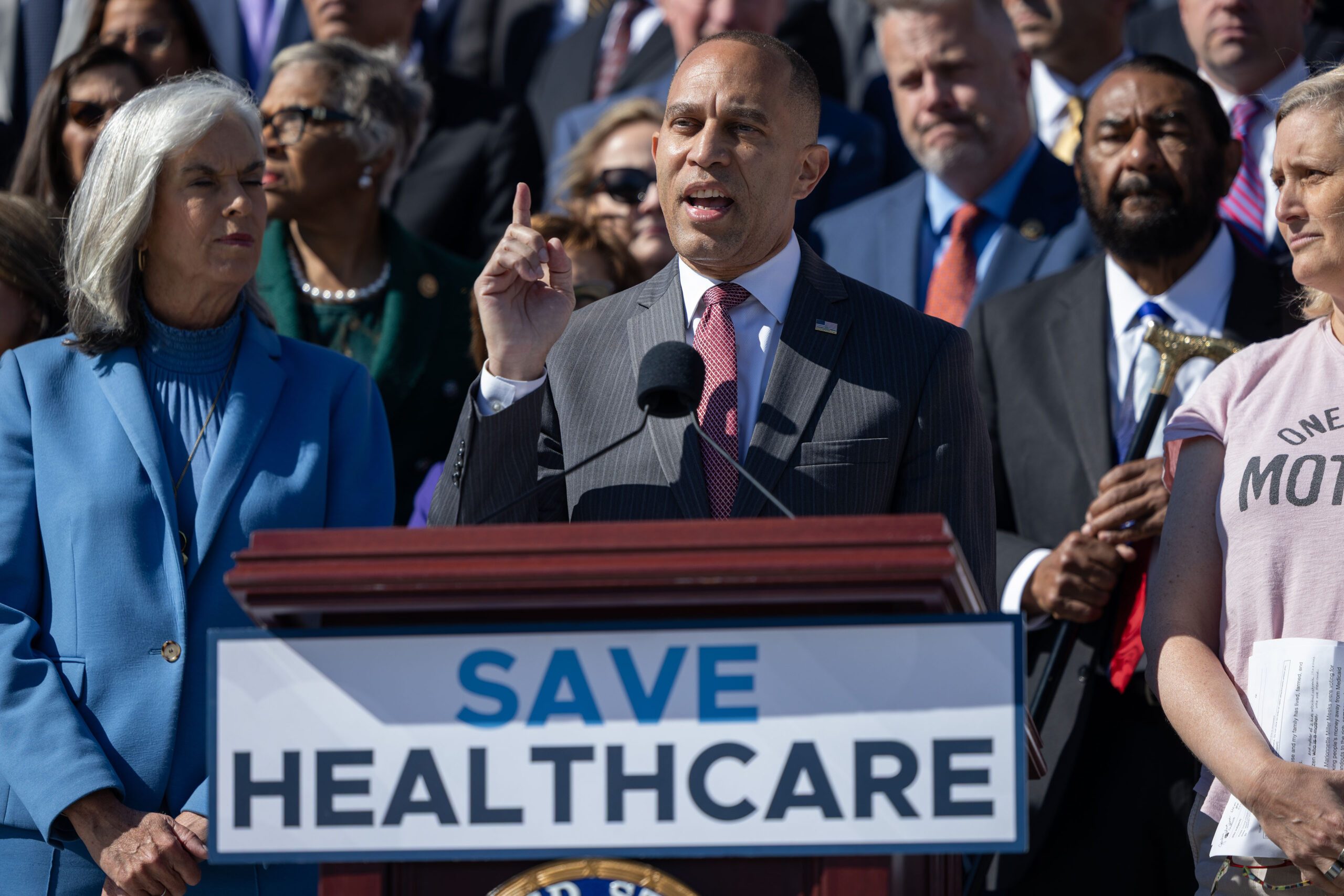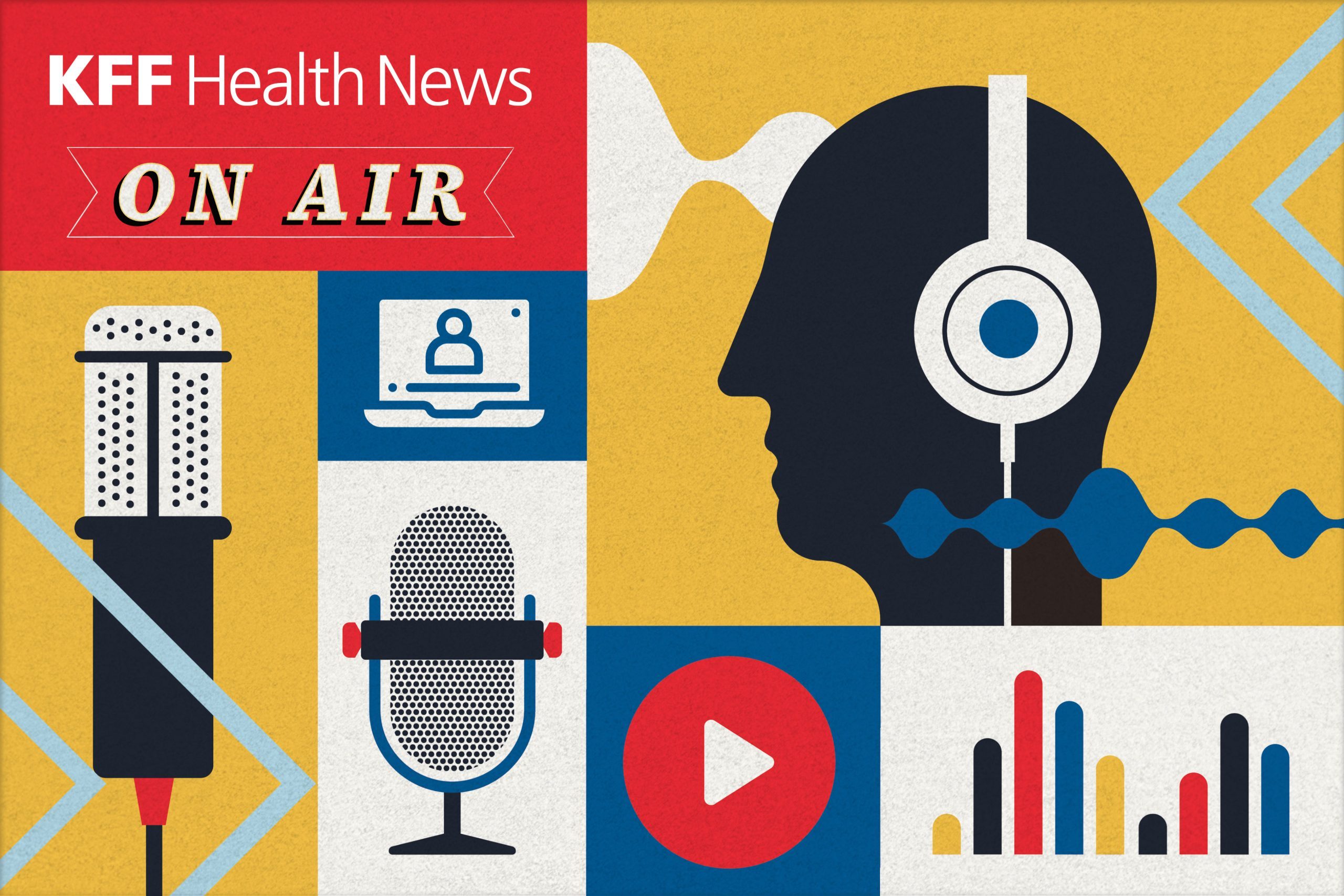Opiod dependence is a reality that many of us have come to accept and learned to live with.
Every one of us live with pain every day — be it emotional, physical, or psychological. There are those who can endure it with an optimistic spirit, but there are others who could not stop their knees from buckling under the burden.
Photo: YouTube/Mayo ClinicThe use of opioid might have been introduced by a friend, a well-meaning acquiantance, or even a doctor who prescribes it for pain relief after surgery or chronic pain attacks.
The Happiness that Opioid Offers Comes with a High Cost
According to the 2019 National Survey on Drug Use and Health, an estimated 10.1 million people misused opioids in 2018 — and these included kids aged 12 years.
The following year, 49,860 overdose deaths were recorded due to opioids which consisted 70.6% of all drug overdose deaths in 2019. What is more, majority of these deaths were caused by synthetic opioids like fentanyl.
 Photo: YouTube/Mayo Clinic
Photo: YouTube/Mayo Clinic Synthetic opioids like methadone, morphine, and fentanyl are often prescribed to relieve severe or chronic pain. However, these drugs just like heroine tend to be addictive. Opioids affect the brain, nervous system, and other organs by blocking pain signal and releasing enormous amounts of domapine throughout the body.
Dopamine is a chemical messenger that fills an individual with good feeling, pleasure, or happiness. This is why a person in constant pain wants to experience this euphoric effect of an opioid over and over again.
 Photo: YouTube/Centers for Disease Control and Prevention
Photo: YouTube/Centers for Disease Control and Prevention However, one of the many adverse effects of opioid is slowed breathing which often leads to hypoxia. Hypoxia means the brain is receiving too little oxygen, which may result to short-term or long-term neurological effects like permanent brain damage, coma, or death.
Naloxone is A Proven Antidote to Opioid Overdose
Do not hesitate to administer Naloxone to an opioid dependent, whether he is your father who is a war veteran, a brother in chronic pain, or your own self when you suspect opioid overdose.
Time is of the essence, and these are the common signs of opioid overdose you must watch out for:
• Pinpoint pupils
• Lack of consciousness
• Slow breathing
• Slow heartbeat
• Pallid skin
• Purple lips and fingernails
• Nausea
• Inability to speak
• Limp arms and legs
According to the Centers for Disease Control and Prevention, Naloxone is available in all 50 states. This drug can be procured in many states from local pharmacies without a prescription. Community-based naloxone programs have been also implemented to help in the fight against opioid abuse.
The U.S. Department of Veterans Affairs also offers free Naloxone to every enrolled member to its VA health care.
Provide Mammograms
Support those fighting Breast Cancer at The Breast Cancer Site for free! →
WhizzcoOriginal Article










